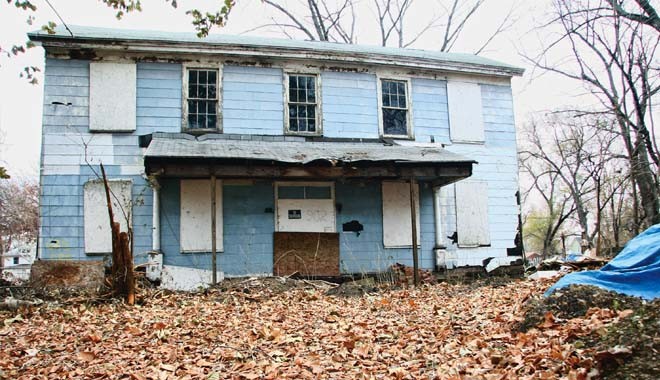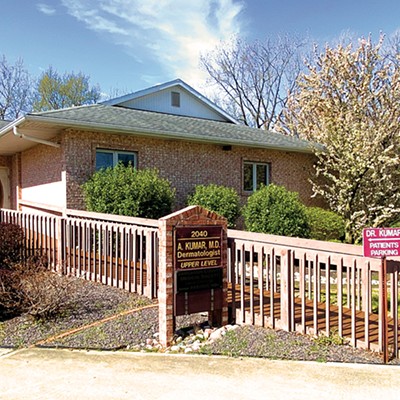
Illinois lawmakers earlier this year passed the Lender Responsibility Act, requiring banks and other mortgage lenders which foreclose on houses to pay a fee between $50 and $500, depending on the number of foreclosures each institution files. The money is collected in a state fund called the Abandoned Residential Property Municipality Relief Fund, and the fund is meant to help counties and municipalities maintain or remove abandoned houses. The money can be used for repairs, cutting grass, tree trimming or removal, pest extermination, garbage cleanup, securing the property or demolition.
From June 2013 up to Nov. 19, the fund collected more than $4.11million. That’s far short of the $28 million lawmakers thought it would raise. If the fund was on pace for the $28-million-per-year mark, it would have raised roughly $12.8 million so far. Additionally, the portion of that money available to Springfield and Sangamon County is small because of how the funds are doled out.
The law stipulates that 70 percent of the money collected from fees goes toward the abandoned property fund, while 28 percent goes toward foreclosure prevention programs and the remaining 2 percent goes to county clerks to defray administrative costs.
From there, the pie gets sliced up further. Of the 70 percent set aside for abandoned homes, 30 percent of the funds go to Cook County and its municipalities outside of Chicago. The City of Chicago can receive up to 25 percent of the funds. The counties of DuPage, Kane, Lake, McHenry and Will can collectively access 30 percent of the funds, leaving 15 percent for the remaining 96 counties in the state.
That 15 percent of the original 70 percent, which totaled $431,707.87 as of Nov. 19, gets distributed proportionally to counties based on the number of foreclosures filed in each county.
According to numbers supplied by the Sangamon County Circuit Clerk’s records department, there were 364 foreclosures filed from June 2013 to Nov. 18. That means foreclosures in the county have generated between $18,200 and $182,000 – depending on whether lenders paid fees of $50, $250 or $500 – that goes into the state abandoned property fund and will be doled back out to municipalities that apply for grants.
Although the money doesn’t have to be used exclusively for demolitions, Springfield does have numerous houses that have deteriorated past the point of repair. City spokesman Nathan Mihelich says demolition costs can range from $3,000 to $70,000, depending on a variety of factors like legal costs.
Earlier this month, city officials attended a seminar on applying for the grants, which are overseen by Illinois Housing Development Authority and can be as large as $75,000. IHDA can increase the maximum grant amount to $250,000 for municipalities that meet certain criteria like exceptional need and having a revitalization plan in place. Mihelich says the city’s Department of Public Works is currently working through the application process.
Rebecca Boykin, spokeswoman for the Illinois Housing Development Authority, said foreclosures are slowing down in Illinois. In June 2012, more than 98,000 Illinois homes were in some stage of the foreclosure process, but that number decreased to 64,457 by June 2013, a decrease of more than 34 percent.
Ward 5 Ald. Sam Cahnman began publicly urging the city to apply for the money even before the law took effect. He says the city could get the $75,000 grant or even the $250,000 grant, despite the law raising less money than projected. That much could fund as many as 12 demolitions, he estimates. Cahnman says Springfield addressing the issue of abandoned houses is important because those properties “are breeding places for drug houses and other criminal activities.”
“Abandoned properties are devastating older neighborhoods,” Cahnman said. “Think of the tremendous impact demolishing six or 12 abandoned houses would have on a neighborhood plagued by abandoned houses.”
Contact Patrick Yeagle at [email protected].




















